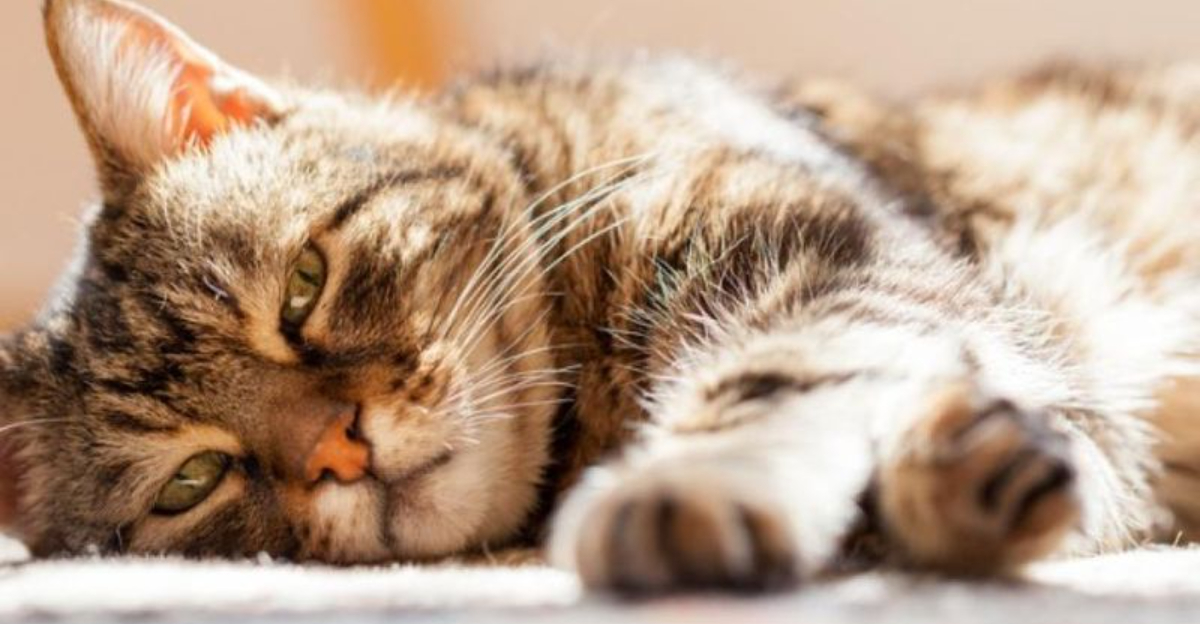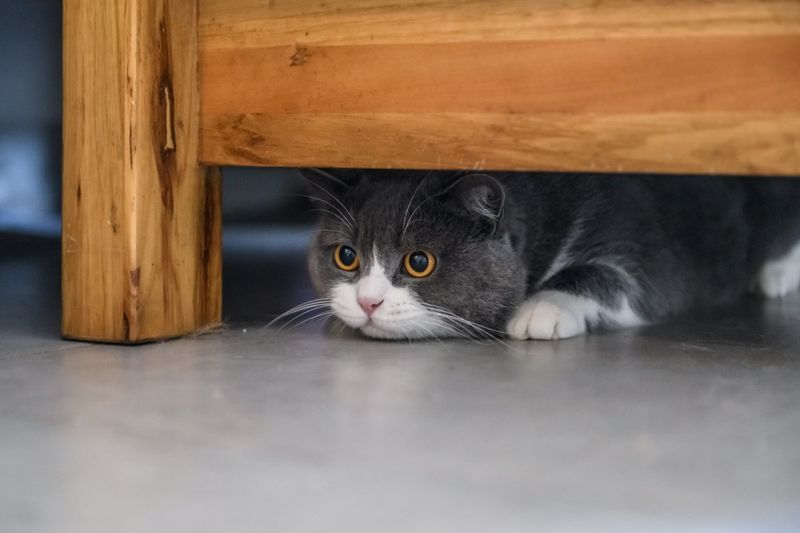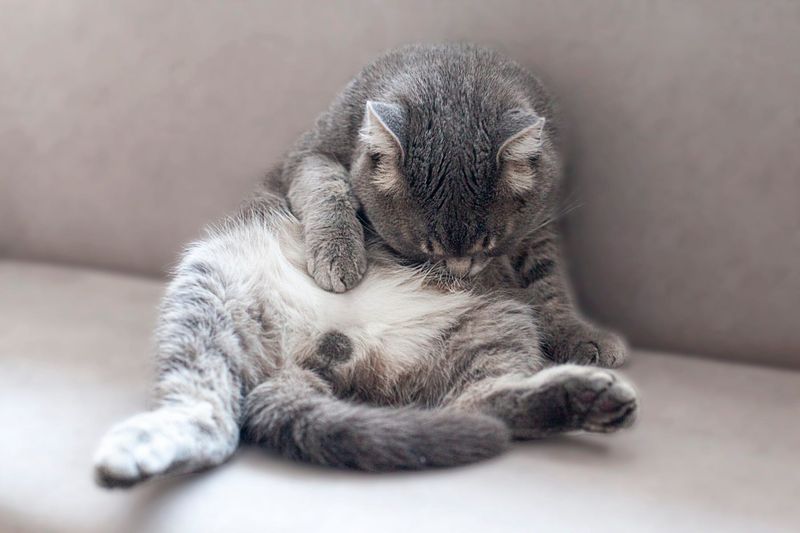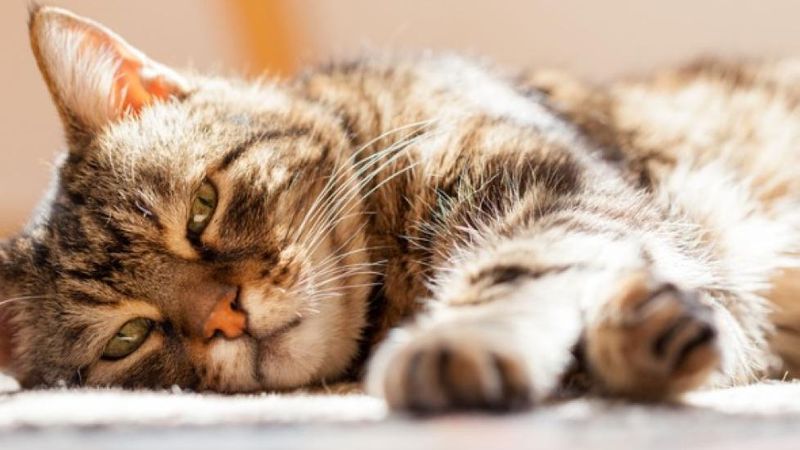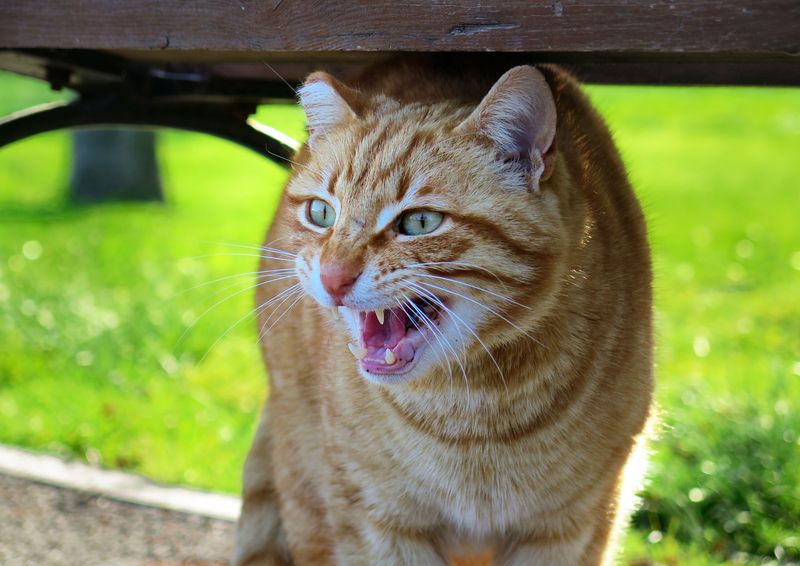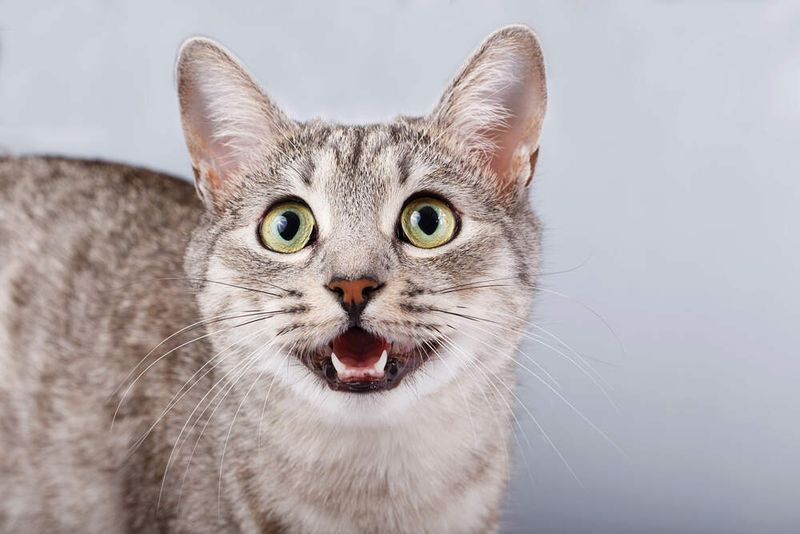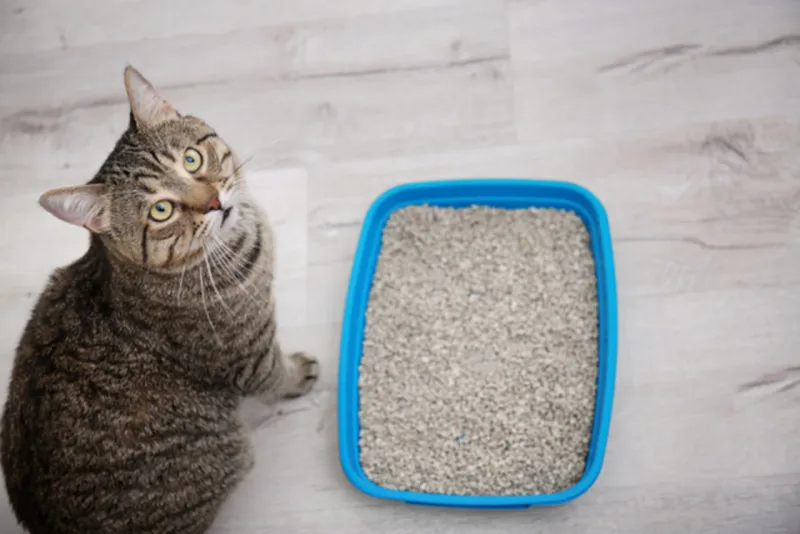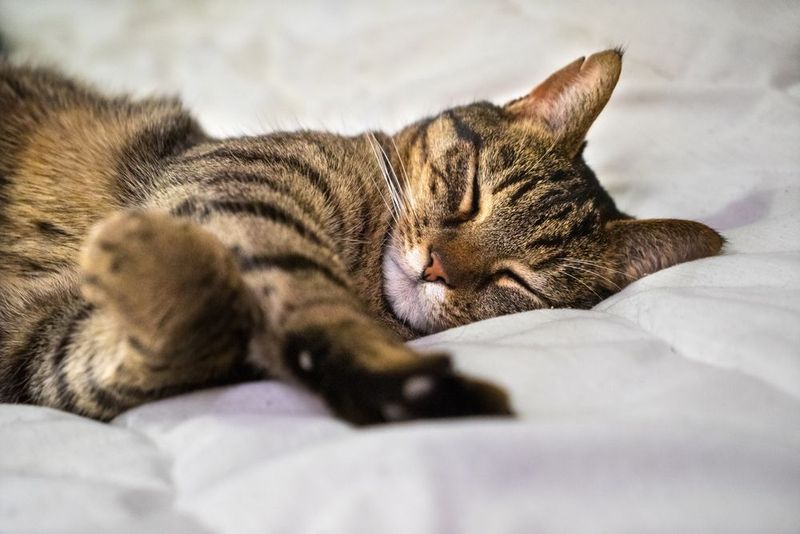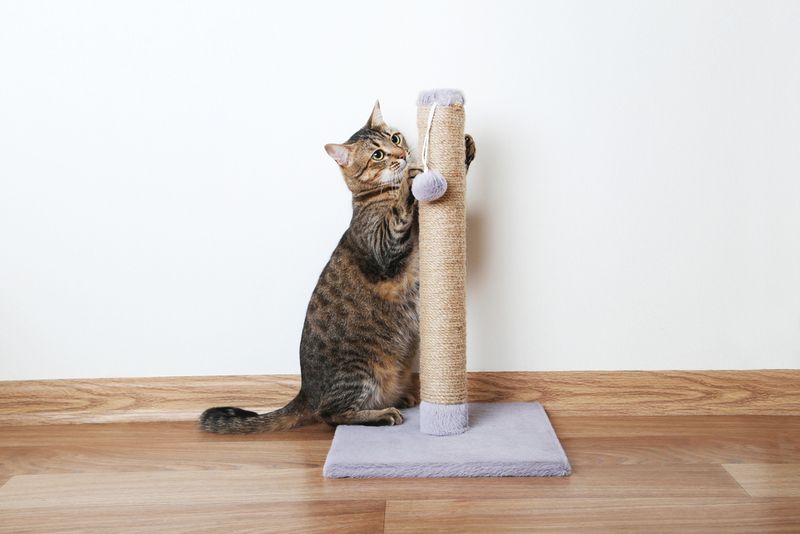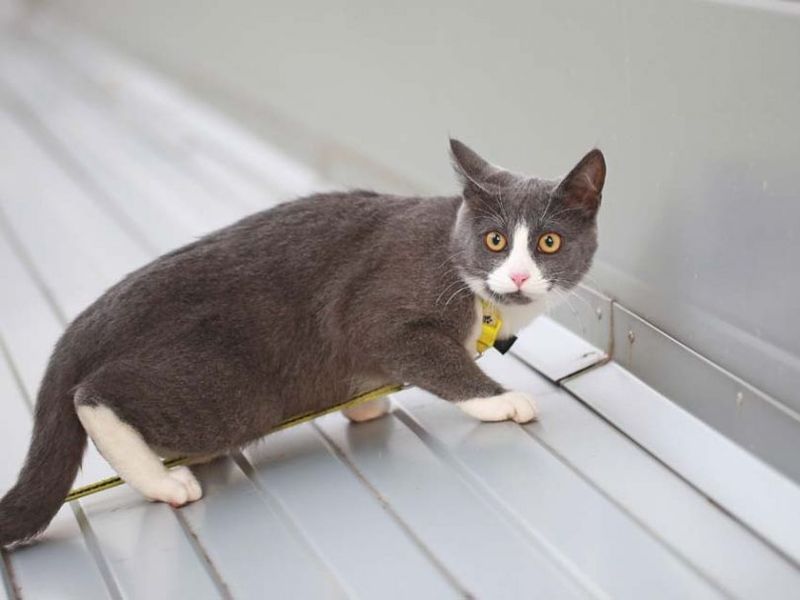📖 Table of Content:
Cats often hide their stress, expressing it through subtle changes in behavior that can easily be overlooked. While obvious signs like loud meows or hissing are easy to spot, it’s the more understated signals that truly indicate when a cat is feeling uneasy. Paying close attention to these quieter cues can help ensure a more comfortable and calm environment for your feline companion.
Recognizing stress in cats is important, as it can lead to health issues if not addressed. Cats are masters at concealing their emotions, making it essential to understand the less noticeable signs of discomfort. Being aware of these behaviors enables owners to provide the support and reassurance their cats need to feel safe and secure.
By observing your cat closely and understanding the subtle ways they express stress, steps can be taken to reduce their anxiety. Providing a calm, comfortable environment is key to easing their worries. Identifying and addressing these signs early can lead to a happier, healthier life for your feline friend.
1. Increased Hiding
Cats often seek solace in secluded places when they’re feeling stressed. You might find your feline friend spending more time under the bed or in their favorite hiding spot. This is their way of escaping the world to find some peace.
Monitoring these hiding habits can provide insight into your cat’s emotional health. It’s essential to create a safe environment where they can feel secure and gradually coax them out with gentle words or treats if necessary. With time and understanding, you’ll likely see them emerge from their chosen sanctuary.
2. Excessive Grooming
When cats begin to groom themselves excessively, it can be a sign of underlying stress. This behavior might lead to bald patches or irritated skin. It’s their attempt to soothe themselves when anxious.
Pay attention to patterns in grooming and assess if there are any changes in their environment that could trigger anxiety. Consider providing enrichment activities or consulting a vet if the grooming becomes a persistent issue. Addressing the root cause can often alleviate the stress and reduce the excessive grooming behavior.
3. Decreased Appetite
A sudden lack of interest in food can indicate that your cat is feeling stressed. This decrease in appetite might be accompanied by other behavioral changes, such as lethargy or social withdrawal.
Keeping track of your cat’s eating habits is crucial. Ensure that they have access to their favorite foods and a calm eating environment. Sometimes, a simple change in routine or stress-reducing therapies can reignite their interest in food. If the problem persists, consulting with a veterinarian is advisable to rule out any health issues.
4. Unusual Aggression
Even the most amiable cat can become aggressive when stressed. If your pet suddenly swats or hisses more than usual, it might be trying to communicate its discomfort.
Understanding the triggers for this unusual aggression is essential. Changes in the household or new additions to the family can unsettle your cat. Providing a consistent routine and a quiet space can help mitigate these aggressive tendencies. Remember, a calm environment can make a world of difference for your feline companion.
5. Increased Vocalization
While some cats are naturally more vocal, a sudden increase in meowing can signal stress. These vocalizations may be cries for attention or expressions of anxiety.
Observe the context in which your cat becomes more vocal. Are there changes in their environment or routine? Addressing these issues can often calm your cat. Providing interactive playtime and attention can also reduce their need to vocalize excessively. If these changes persist, professional guidance may be necessary.
6. Litter Box Avoidance
When a well-trained cat starts avoiding the litter box, it often indicates stress. This behavior can be perplexing but is usually a reaction to changes in the household or dissatisfaction with the litter box setup.
Ensure that the litter box is clean and in a quiet, accessible location. The type of litter or box might also need reevaluation. Sometimes, simply moving it to a more private spot can encourage proper use. Patience and understanding are key in resolving litter box issues related to stress.
7. Changes in Sleeping Patterns
Cats love their naps, but changes in their sleeping patterns can hint at stress. If your cat is sleeping more than usual or in odd locations, it might be trying to cope with anxiety.
Consider any recent changes in your home that could disrupt their routine. Offer cozy and quiet sleeping areas to help them feel secure. Encouraging a predictable daily routine can also mitigate stress-induced sleeping changes. Keep an eye on their behavior, as prolonged changes may require a vet’s input.
8. Increased Scratching
Scratching is a natural behavior for cats, but an increase in scratching can be a sign of stress. This may be their way of marking territory or releasing pent-up energy.
Providing ample opportunities for scratching through various posts and pads can help channel this behavior positively. Ensure these outlets are placed in accessible areas. Sometimes, increasing playtime can also reduce stress-related scratching. Understanding your cat’s needs is crucial for maintaining a harmonious living space.
9. Tail Twitching
A twitching tail is more than mere feline curiosity; it can be a sign of stress. Such behavior indicates your cat might be irritable or anxious about something in its environment.
Observing what causes this reaction can help you understand your cat’s stressors. Providing a calm and stable environment, along with interactive toys, can distract and comfort your cat. Being attentive to these subtle signs can greatly enhance your pet’s well-being.
